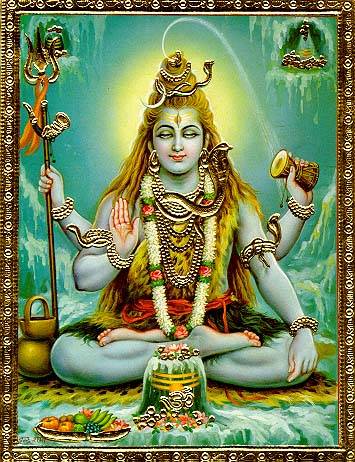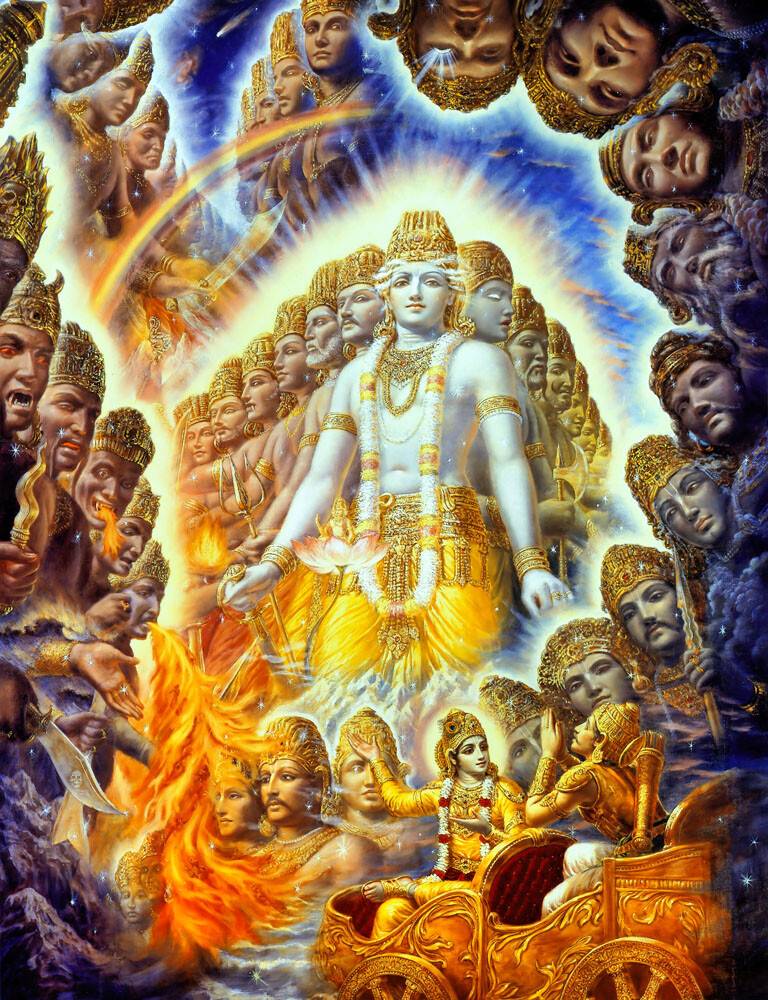Ancient Egyptian civilization, with its rich tapestry of beliefs and practices, offers a fascinating insight into the concept of divinity. Central to their worldview was a complex pantheon of gods and goddesses, each embodying various aspects of life, nature, and the cosmos. This article explores the nature of divinity in ancient Egypt, examining the roles of the deities, the relationship between humans and the divine, and the implications of these beliefs on daily life, governance, and the afterlife.
The Pantheon of Gods
Major Deities
The ancient Egyptian pantheon included numerous deities, each with distinct characteristics and domains. Among the most significant were:
Ra: The sun god, often considered the king of the gods. Ra’s daily journey across the sky symbolized the cycle of life and death, embodying creation and renewal.
Osiris: The god of the afterlife and resurrection. Osiris represented the cycle of life and death, reflecting the agrarian nature of Egyptian society.
Isis: The wife of Osiris and the goddess of magic and motherhood. Isis was revered for her protective qualities and her role in the resurrection of Osiris.
Horus: The falcon-headed god associated with the sky and kingship. Horus symbolized the pharaoh’s divine right to rule and was often depicted as a protector of the nation.
Anubis: The jackal-headed god associated with mummification and the afterlife. Anubis played a crucial role in guiding souls to the afterlife and overseeing the weighing of the heart ceremony.
Lesser Deities and Local Cults
In addition to the major gods, there were countless lesser deities, many of whom were associated with specific cities, natural phenomena, or aspects of daily life. For example, Hathor, the goddess of love and joy, was worshipped particularly in Dendera, while Sobek, the crocodile god, was venerated in regions where the Nile’s waters were crucial for agriculture.
Local cults often developed around these deities, highlighting the importance of place in Egyptian spirituality. The relationship between a god and a city could foster unique practices and rituals, emphasizing the local population’s connection to their divine protector.
The Nature of Divinity
Anthropomorphism and Symbolism
Ancient Egyptians often depicted their gods in human form, sometimes with animal heads, symbolizing specific attributes and powers. This anthropomorphism made the divine more relatable and allowed worshippers to engage with the gods on a personal level. Each deity’s form was imbued with symbolic meaning, reflecting their divine functions and the aspects of life they governed.
Duality and Balance
Central to Egyptian beliefs was the concept of Maat, representing truth, balance, and cosmic order. The divine was not only seen as benevolent but also as embodying dualities such as life and death, creation and destruction. This balance was crucial to maintaining harmony in the universe, and humans were tasked with upholding Maat through their actions.
Human Interaction with the Divine
Rituals and Worship
Rituals played a vital role in the relationship between humans and the divine. Temples were the epicenters of worship, where priests performed daily rituals to appease the gods, ensure cosmic order, and invoke blessings for the community. Offerings of food, drink, and incense were common, emphasizing the reciprocal nature of worship—humans providing sustenance in exchange for divine favor.
The Role of Pharaohs
Pharaohs were considered divine intermediaries, embodying the principles of Maat and acting as the gods’ representatives on Earth. Their authority was legitimized through their connection to the divine, often illustrated through elaborate burial practices and monumental architecture like pyramids and temples. The pharaoh’s role was crucial not just in governance but in maintaining harmony between the earthly and divine realms.
The Afterlife and Divine Judgment
Beliefs in the Afterlife
The Egyptian belief system placed great emphasis on the afterlife, which was seen as a continuation of existence. The journey of the soul after death involved navigating challenges, with Anubis guiding the deceased to the Hall of Judgment, where the heart was weighed against the feather of Maat. A light heart indicated a virtuous life, granting access to the eternal paradise, known as the Field of Reeds.
Importance of Funerary Practices
Funerary practices were designed to ensure a safe passage to the afterlife. Mummification, tomb construction, and the inclusion of grave goods were integral to this process. These practices reflected the belief that the dead required provisions and protection in their journey, underscoring the ongoing relationship between the living and the divine.
Conclusion
Divinity in ancient Egypt was characterized by a rich and complex interplay of deities, rituals, and beliefs that shaped every aspect of life. The Egyptians’ understanding of the divine encompassed a balance between anthropomorphic representations, cosmic order, and the vital importance of maintaining harmony through worship and ethical living. This intricate belief system not only influenced their culture and society but also left a lasting legacy that continues to intrigue scholars and enthusiasts of history today. Understanding this perspective of divinity offers a glimpse into the profound spirituality that underpinned one of the world’s oldest civilizations.
Here are some lesser-known Egyptian deities:
- Bastet (Bast)
Originally depicted as a lioness, she became associated with domesticity and motherhood, often represented as a woman with a lioness head or as a domestic cat. Bastet was a protector of the home and childbirth.
- Sekhmet
A lion-headed goddess associated with war and healing, Sekhmet was believed to protect the pharaohs in battle and was also seen as a goddess of healing and medicine.
- Khnum
A ram-headed god who was believed to create humans on a potter’s wheel. Khnum was associated with the Nile and fertility, and he was worshipped particularly in the city of Elephantine.
- Taweret
A goddess of childbirth and fertility, Taweret is depicted as a pregnant hippopotamus. She was a protective deity for women in labor and children.
- Aker
A god of the earth and the horizon, Aker was often depicted as two lions back to back. He was associated with the underworld and the protection of the dead.
- Ma’at
Though significant, Ma’at is often overshadowed by more prominent gods. She represents truth, balance, and cosmic order, embodying the principles that sustain the universe.
- Heket
A goddess of fertility and childbirth, Heket was often depicted as a frog or a woman with a frog’s head. She was associated with the protection of women in labor.
- Bes
A household deity represented as a dwarf with a lion-like face. Bes was considered a protector of the home, particularly for women and children, and was associated with joy and music.
- Nefertum
The god of perfumes and healing, Nefertum is depicted as a young man or as a lion. He was associated with beauty and the fragrant flowers that were used in religious rituals.
- Anuket
A goddess associated with the Nile and its inundation, Anuket was depicted as a woman with a crown of reeds. She represented nourishment and fertility.
These lesser-known deities played vital roles in the everyday spiritual lives of ancient Egyptians, often filling specific niches that reflected their culture, environment, and values.

